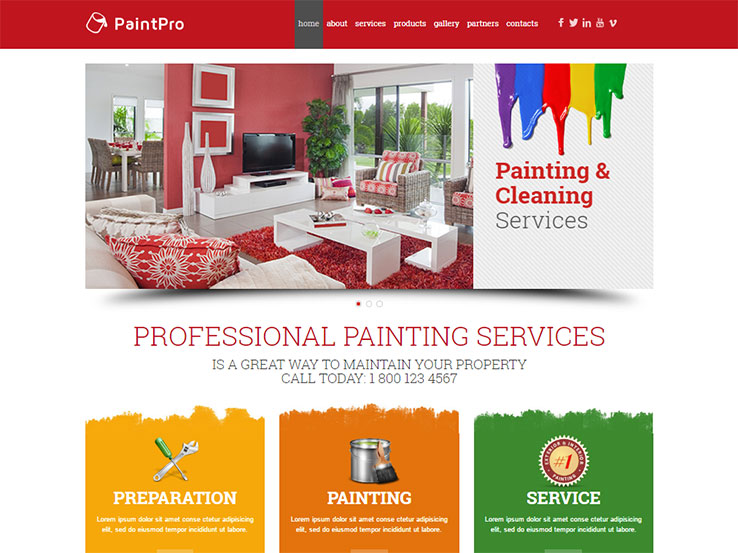Learn Exactly How Seasonal Elements Affect Commercial External Painting Success And Uncover The Very Best Times To Ensure Lasting Results For Your Project
Learn Exactly How Seasonal Elements Affect Commercial External Painting Success And Uncover The Very Best Times To Ensure Lasting Results For Your Project
Blog Article
Staff Writer-Carlson Chaney
When you're preparing a commercial outside painting job, seasonal aspects can make or break your results. You'll intend to take into consideration just how temperature level and moisture impact paint application and drying times. Picking the appropriate period can guarantee your paint sticks correctly and lasts much longer. However which seasons are genuinely the most effective for this kind of job? Let's discover the key elements that can affect your job's success.
The Effect of Temperature on Paint Application
When you're intending an industrial outside painting project, the temperature level can considerably influence just how well the paint adheres and dries.
Ideally, you wish to repaint when temperatures vary between 50 ° F and 85 ° F. If it's too chilly, the paint might not cure effectively, bring about concerns like peeling off or cracking.
On the other side, if it's too warm, the paint can dry also swiftly, protecting against appropriate adhesion and causing an uneven surface.
You ought to also consider the time of day; early morning or late afternoon uses cooler temperatures, which can be extra positive.
Always check just click the up coming internet page for the certain paint you're utilizing, as they typically give advice on the perfect temperature array for ideal outcomes.
Moisture and Its Effect on Drying Times
Temperature level isn't the only ecological variable that influences your commercial external painting project; humidity plays a significant duty too. sherwin-williams color consultation can decrease drying times considerably, affecting the general high quality of your paint work.
When the air is filled with wetness, the paint takes longer to treat, which can lead to problems like inadequate bond and a greater risk of mildew growth. If try this on a specifically damp day, be planned for extended wait times between layers.
It's critical to keep track of local climate condition and plan appropriately. Preferably, go for humidity levels in between 40% and 70% for optimal drying out.
Keeping these consider mind guarantees your job remains on track and supplies a long-term finish.
Best Seasons for Commercial Exterior Painting Projects
What's the best time of year for your industrial exterior painting jobs?
Springtime and very early autumn are generally your best options. Throughout interior painting , temperatures are light, and humidity degrees are commonly lower, producing perfect conditions for paint application and drying out.
Prevent summertime's intense heat, which can trigger paint to dry as well promptly, causing poor bond and surface. In a similar way, wintertime's chilly temperatures can prevent correct drying out and healing, risking the durability of your paint work.
Go for days with temperatures between 50 ° F and 85 ° F for optimum results. Bear in mind to check the local weather report for rainfall, as damp conditions can ruin your project.
Planning around these variables guarantees your paint job runs smoothly and lasts longer.
Final thought
Finally, intending your industrial exterior painting tasks around seasonal factors to consider can make a significant distinction in the result. By scheduling job throughout the perfect temperature levels and humidity levels, you'll guarantee far better bond and drying times. Bear in mind to keep an eye on local weather report and choose the correct time of year-- springtime and early autumn are your best options. Taking these actions will certainly aid you attain a resilient and professional surface that lasts.
